8 Reasons Why Rucking Is Good for You
Why Ruck
Rucking has gained popularity in the fitness community over the past few years. It originated as a military training exercise, where marching for long distances with a weighted pack is utilized as the ultimate exercise for building endurance and strength.
The big question: Is the trendy fitness craze of rucking worth it? What are the actual benefits of rucking? What sets rucking apart? It turns out, there are many reasons why rucking has been used as a fundamental training activity - and it’s definitely time for the rest of us to get on board.
What is Rucking?
Rucking is essentially walking while carrying a weighted rucksack or backpack. Think of it as a long backpacking trek, minus the mountainous terrain and with more weight on your back. Unlike hiking, which is primarily done for recreational and leisure purposes, rucking is done for physical training purposes. It gives fitness enthusiasts a way to build strength, improve endurance and build mental toughness.
What are the Benefits of Rucking?
Compared to generations before us, we are spending increasing amounts of time in environments that limit physical activity and require prolonged sitting. (The average person sits down 6.5 hours a day.) Rucking gives you a simple, accessible way to get moving and achieve full-body functional fitness.
Different heart rate zones have different purposes in fitness, endurance and weight loss training. In Zone 2, you train at an easy-to-moderate intensity where conversation is still possible. This puts your heart rate at 60-70% of your max heart rate.
Rucking in Zone 2 at a consistent, conversational pace is a great way to develop and build your aerobic base. Spending time in Zone 2 gives you a chance to adjust if you’re new to rucking. If you’re preparing for long endurance events, Zone 2 is where you should spend most of your time to build your aerobic base. A ruck in Zone 2 is also ideal for recovering from tough workouts in higher heart rate zones.
Rucking also has mental benefits. The combination of physical exertion and being out in nature can reduce stress and improve mental well-being. The unique challenge of rucking can also help you develop a mental strength and focus that carries over into other areas of your life. Each completed ruck comes with a sense of achievement and a boosted self-confidence in your ability.
Rucking is an often underrated and underutilized form of low impact exercise that can improve strength and bone density. While you’re carrying that heavy load, your body has to work harder to maintain balance and stability. This leads to increased muscle activation that improves overall strength. Your back and shoulder muscles, for example, are especially engaged while rucking. Research has also shown that rucking regularly leads to denser bones, reducing the risk of fractures.
While running is often the go-to option for cardio, pain and injury are more associated with this high impact exercise - even at slower paces. Rucking, on the other hand, is easier on joints and won’t sideline you for weeks or months due to injuries. You can increase distance and intensity gradually, just like running, but with happier feet, knees, and hips.
In fact, more runners are using rucking as an ideal form of cross-training. It bridges the gap between strength and cardio, allowing them to boost endurance and strengthen neglected areas. Because rucking is completely functional fitness - utilizing all the muscles between your shoulders and knees - it can help you avoid injuries. Rucking is great for longevity.
As the saying goes, “You are the average of the five people you spend the most time with.” The people we surround ourselves with influence us more than we realize, so spend it with like-minded, driven people who also want to see you succeed. Rucking with friends helps you stay accountable to your fitness goals and creates a community that supports you, come rain or shine.
Rucking isn’t just good for connecting with others. It’s also a great way to find new places and get outdoors. For some, it’s an opportunity to catch up on podcasts or audiobooks while they get in touch with their neighborhood. For others, it’s a trip back down their childhood memory lane to the hours spent playing in the woods. Rucking can also help you explore your city or discover new parks and trails to wander. Everyone can benefit from rucking, and you can do it any time, anywhere.
If you’re a parent, you can even make rucking a family activity. Plop your little one in the stroller and throw on a rucksack or splurge on a hiking carrier and hit the trails. If your kids are big enough to walk with you, choose child-friendly routes that have interesting sights along the way. You can even set up scavenger hunts to turn your ruck into an exciting adventure. Create a list of items unique to your area to find along the way. With a few adjustments, rucking can become a fun family activity that promotes health and fitness and quality time spent together.
One of the biggest benefits of rucking is its application to everything else. If you’re someone who structures their training around the goal of being prepared for whatever life throws your way, you will appreciate the efficiency and usefulness of rucking. This functional fitness exercise supports everyday movement, from picking up grocery bags and lifting heavy objects to carrying your kids, the list is endless. It’s the perfect addition in your quest to make yourself a stronger, more capable human.
Rucking: Final Thoughts
People ruck for many different reasons. Whether you’re looking to boost your walking routine or add a challenge to your training program, rucking is a science-backed way to improve your fitness. Don’t be afraid to experiment with different gear and adjust the intensity as needed. Find what works best for you. Rucking is extremely easy to get started - if you can walk, you can ruck!



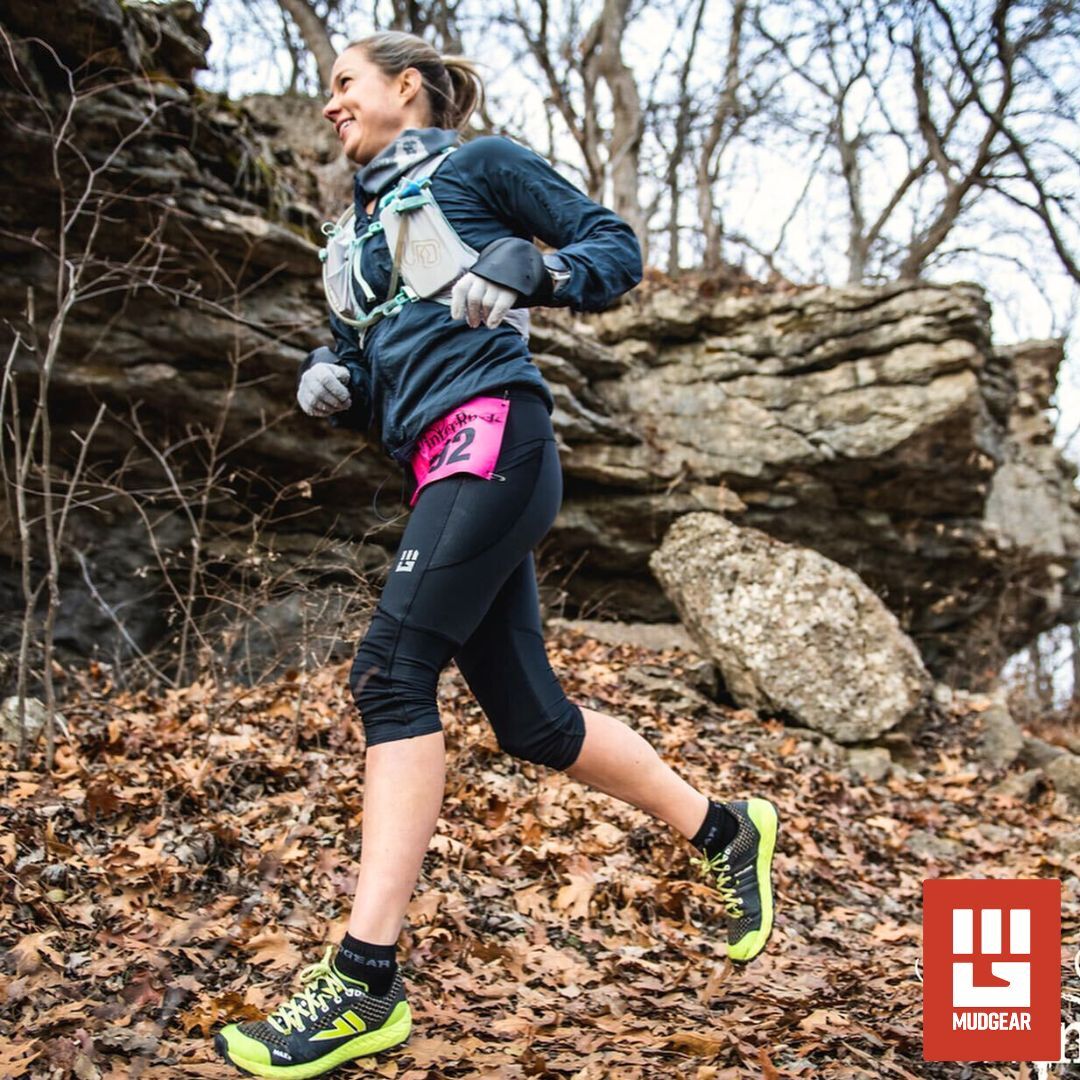
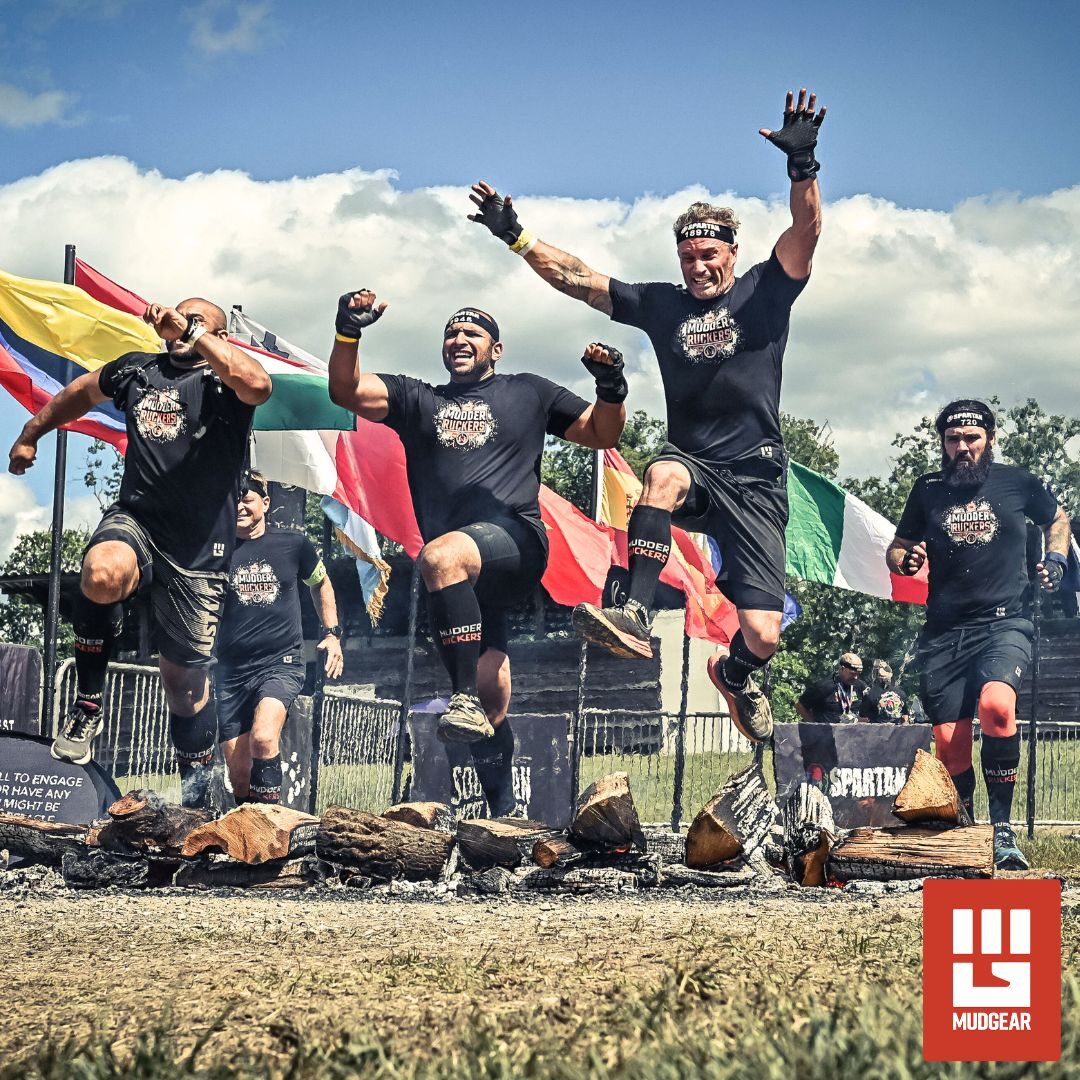
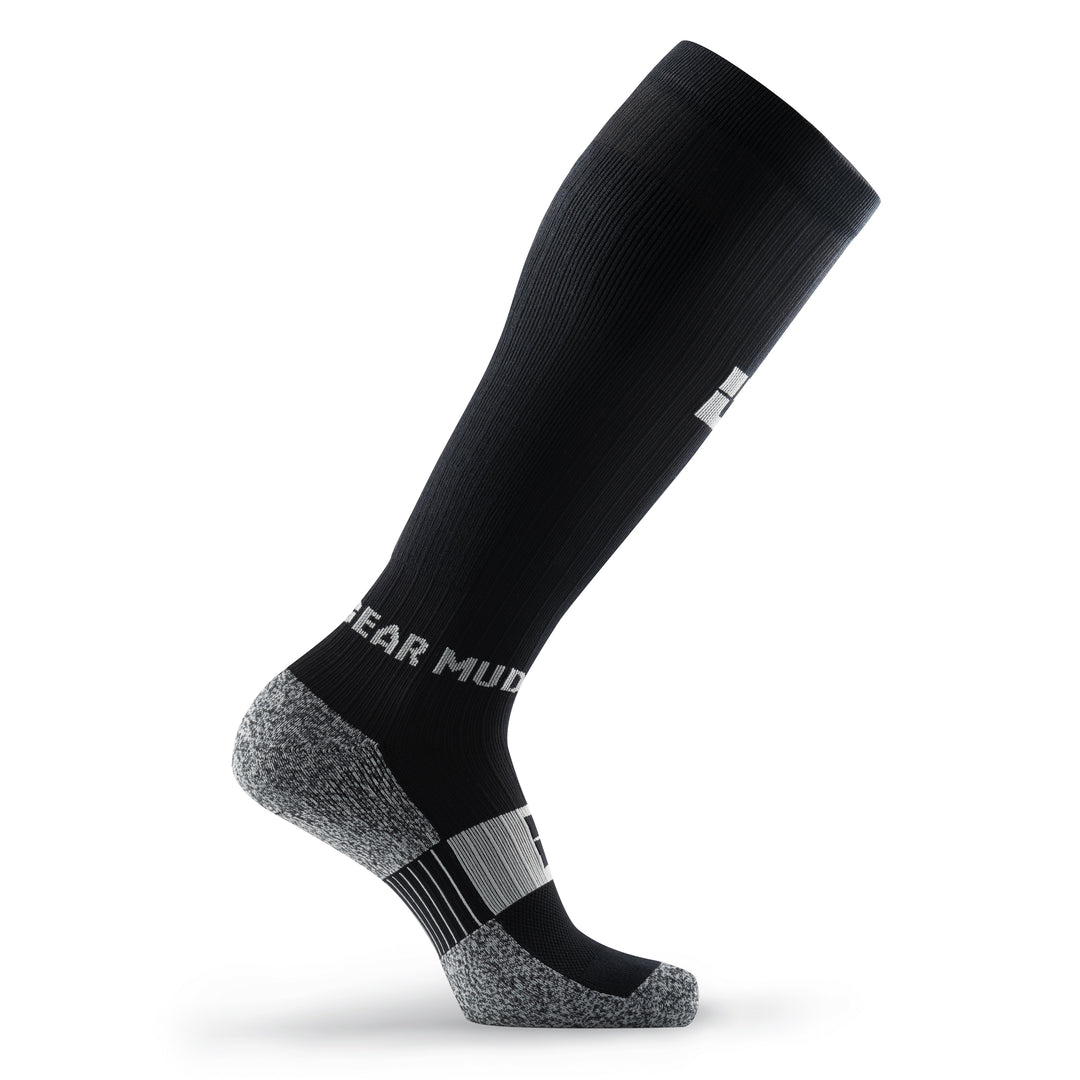
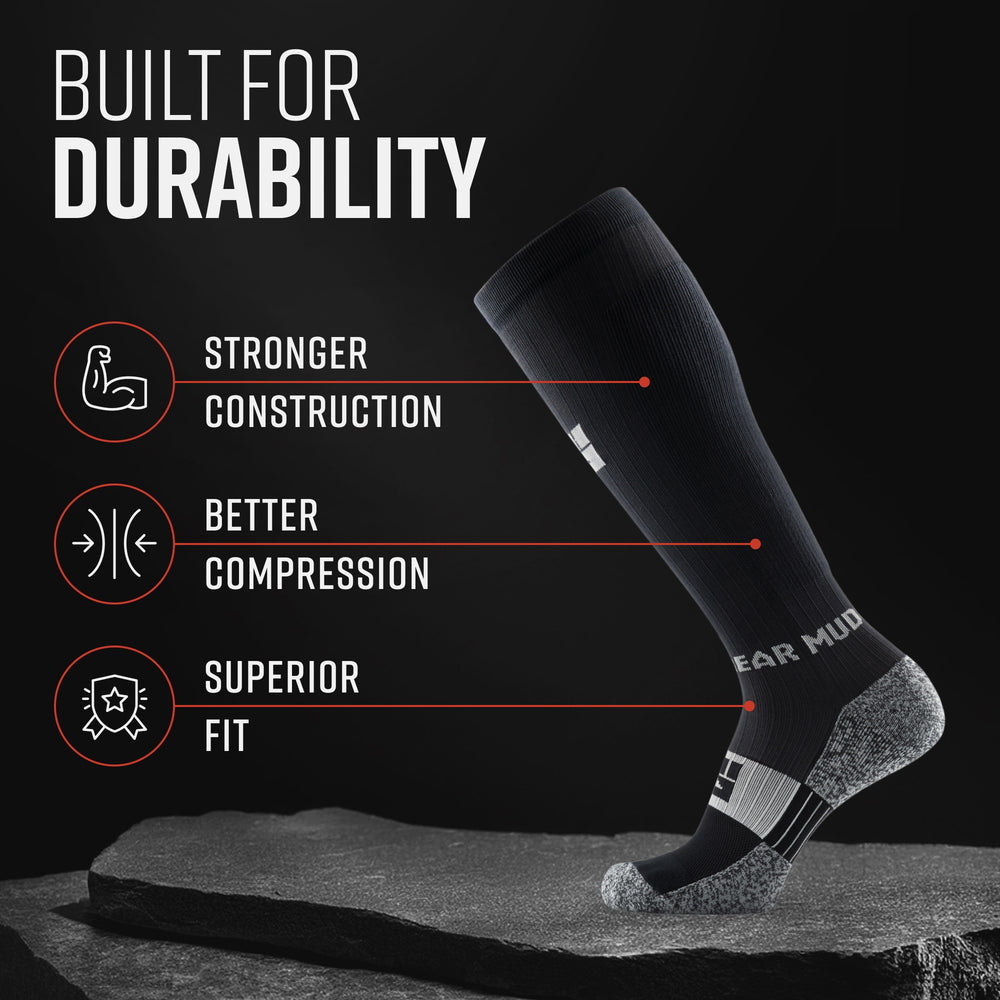
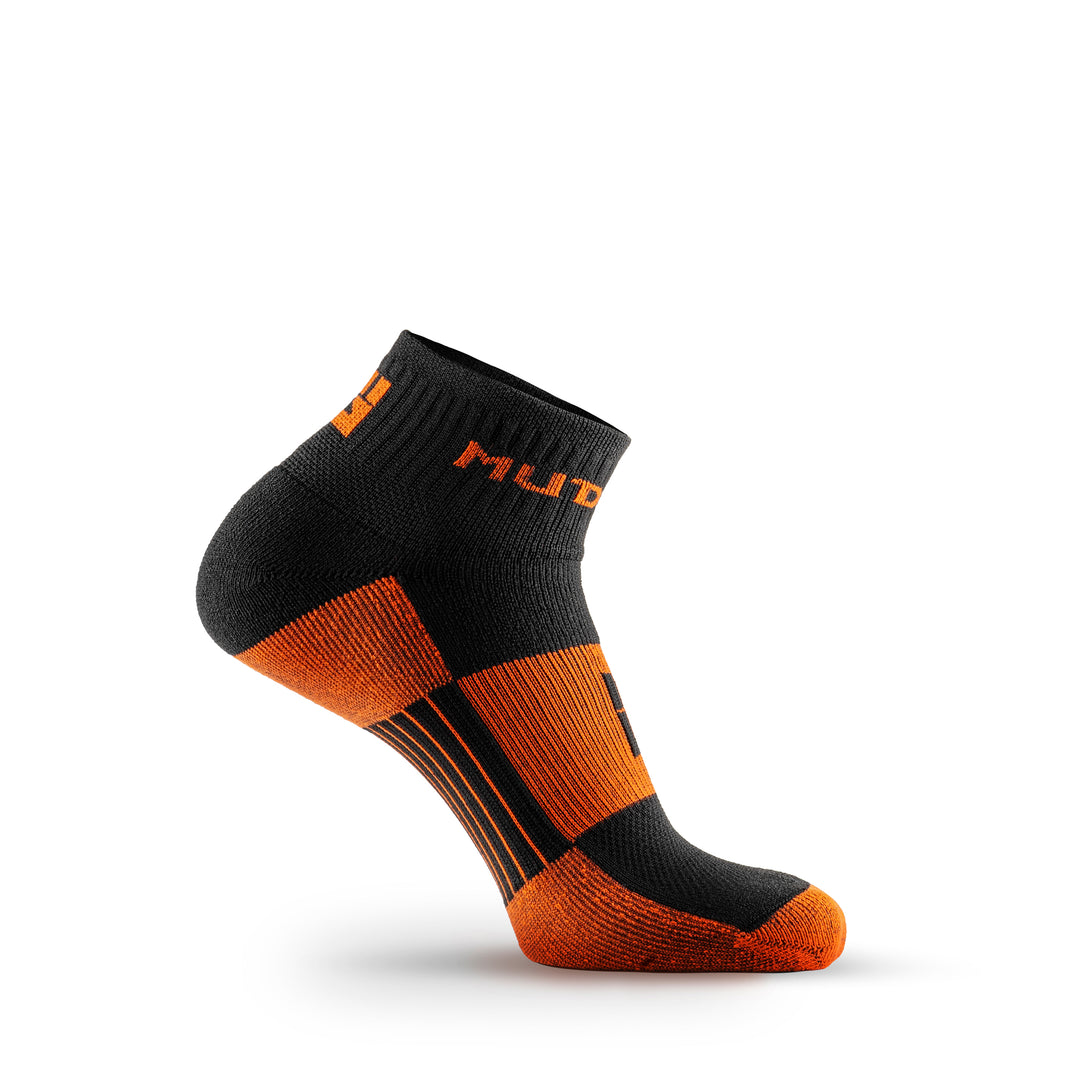
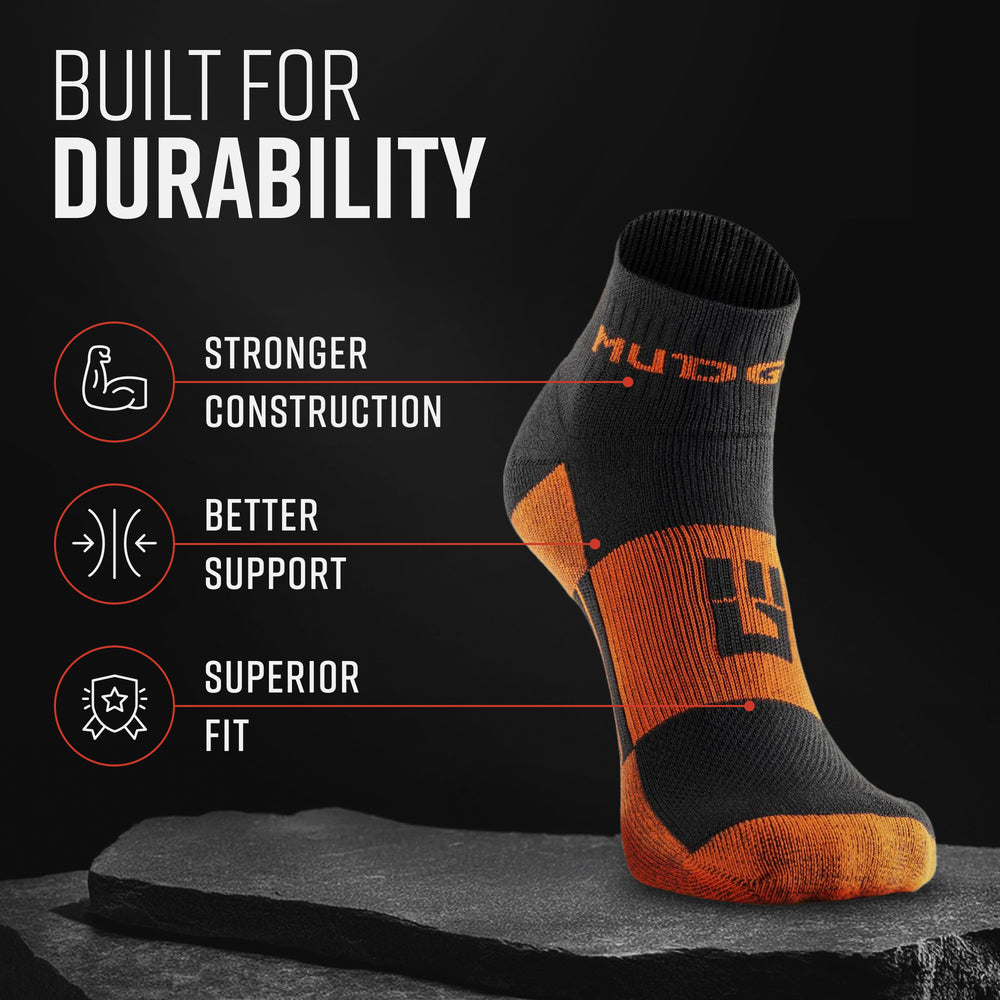


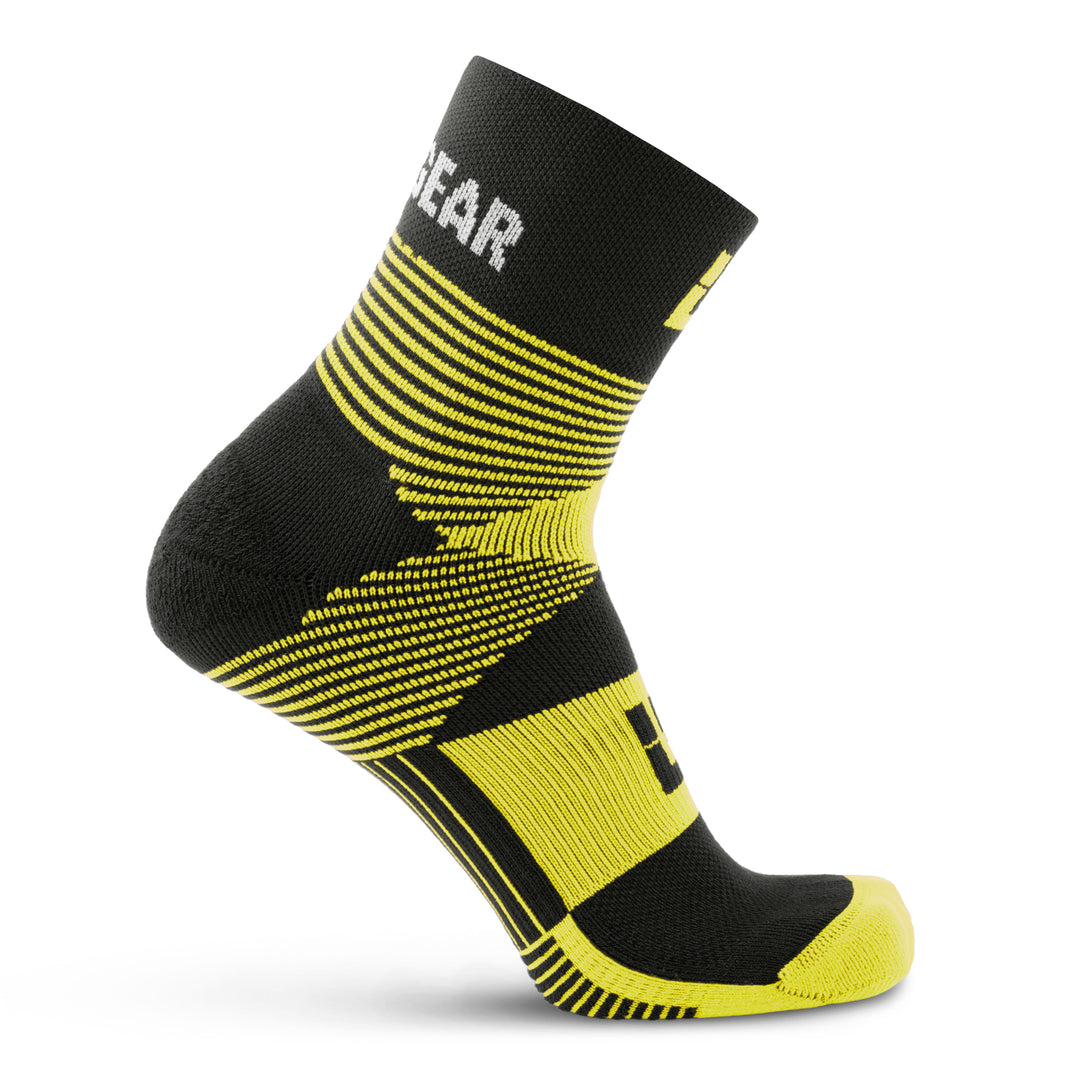
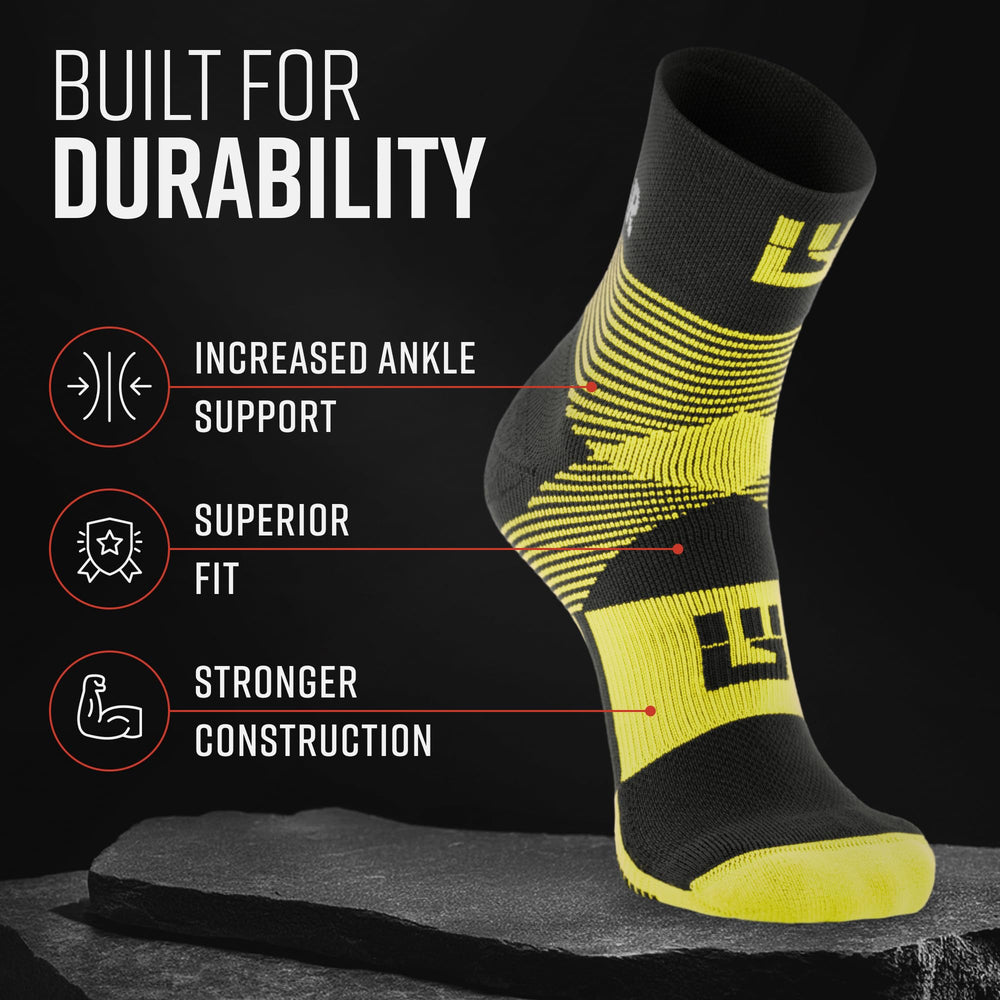

Leave a comment